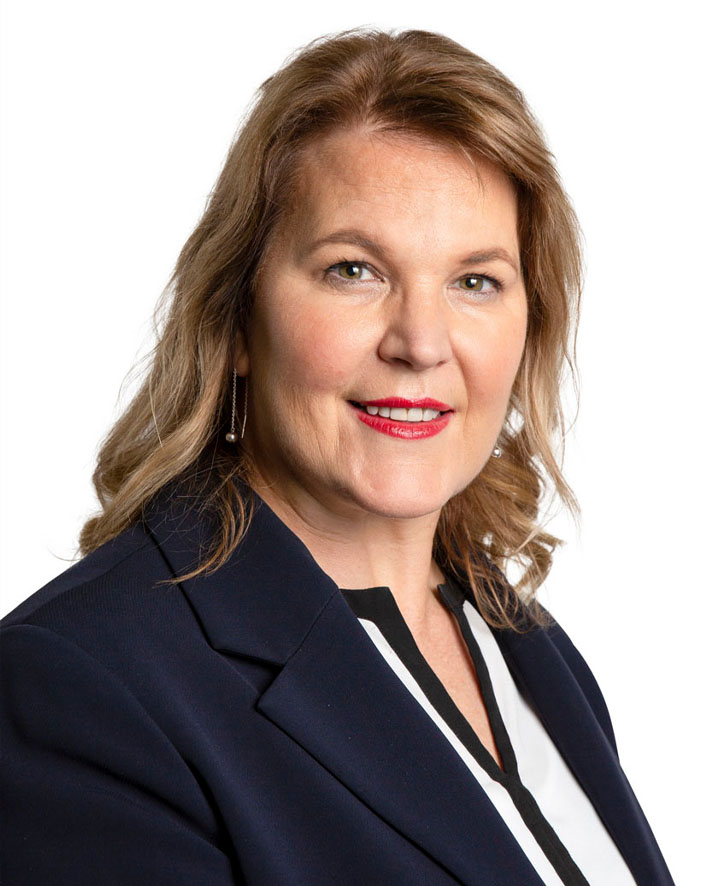Last year’s Singapore International Reinsurance Conference showed how critical informed discussion is in advancing the role of reinsurance as an enabler of a sustainable future for mankind. Asia Insurance Review aims to continue these discussions that help bridge the gap between the reinsurance community and the rest of society.
By Paul McNamara
The direct result of the years of extensive curation and endeavour that the Singapore Reinsurers’ Association (SRA) - and in particular its chair Marc Haushofer and outgoing executive director Jeffrey Yeo - put into making the Singapore International Reinsurance Conference (SIRC) a preeminent reinsurance event globally is also propelling reinsurance discussion into the mainstream.
Topics that are central to the success of the SIRC are also central to society at large – and perhaps the most pressing of these is how the increase in severity and frequency of Nat CAT is calling into question the very fundamentals of profitable reinsurance.
Societies are being bludgeoned by cyclones, bushfires, floods, droughts and earthquakes to such an extent that P&C insurers are finding that the only way they can make a return on capital is to put their prices up. The same dynamics are playing out amongst reinsurers.
National catastrophe pools
One possible solution is to invite national and state governments to play a role – and we can see this in action in Australia.
Tropical cyclone Jasper and the Far North Queensland floods hit Australia on 10 December 2023 and ended four days later. It was a relatively modest event, however ongoing record flooding caused widespread damage in the region.
S&P said that “Australia-based insurers and the State of Queensland are well placed to meet rising costs” associated with the Nat CAT. The agency went on to say, “the final hit to the economy and public finances remains uncertain.”
Tellingly, the agency said, “insurers may draw on extensive reinsurance cover should claims costs escalate … Some of the privately insured exposure will be borne by the Australian Reinsurance Pool Corporation (ARPC) for claims incurred up to 16 December - 48 hours after the declared end of the cyclone event.”
Australian Reinsurance Pool Corporation
For the uninitiated, ARPC is a public financial corporation and Treasury portfolio agency established in 2003 to provide terrorism risk reinsurance. From 2022, ARPC began operating a reinsurance pool for cyclones and related flood damage too.
The reinsurance pool allows insurance companies to transfer their risk for cyclones and cyclone-related flood damage to the Cyclone Reinsurance Pool, which is backed by a A$10bn ($6.77bn) government guarantee. The cyclone pool is a reinsurance arrangement between insurers and ARPC.
The cyclone pool covers household, strata and small business property insurance policies and operates Australia-wide, but targets support to cyclone-prone areas and provides reinsurance for insurers operating in those areas.

ARPC CE Christopher Wallace told
Asia Insurance Review, “The cyclone pool is mandatory if you insure property and have more than A$10m in premium for home insurance. The exception is for Lloyd’s syndicates – it’s optional for Lloyd’s to join the pool.”
Dr Wallace said, “Insurers transfer 100% of their cyclone exposure to the pool and ARPC will be paying all the claims. We’ve got a full team and systems in place.”
A service to the nation
The idea is that the pool will help with affordability of insurance in CAT-prone areas – not that it should make a profit. This is the sort of classic ‘fresh thinking’ that is debated at the SIRC.
“Our annual premium for the cyclone pool will be A$776m based on our modelling of the annual average loss of cyclones, as well as the expenses of insurers to manage the claims and our administration costs,” Dr Wallace said.
“Each year will be different. Some years there’ll be few cyclones and some years there’ll be many. But over the long term that will break even. That’s the objective,” he said.
A template for the world
In a similar vein, in neighbouring New Zealand, Toka Tu Ake EQC is a crown entity investing in natural disaster research to help communities reduce their risks as well as providing home insurance to help communities get their lives back on track after a seismic event.

Toka Tu Ake EQC chief executive Tina Mitchell told
Asia Insurance Review, “Our responsibility is to make sure that we’ve got that money available through either the fund or through reinsurance to pay all claims, but if, for any reason, there’s a shortfall, then the government promises that it will step in.”
Ms Mitchell said, “We put a lot of resource and planning into the way we communicate with homeowners about what they can do to mitigate risk ... We also try to encourage people, when they’re buying a house, to look at natural hazards for the area.
“In the same way they look at schools and public transport, they also need to keep an eye on natural hazards that could be impacting the area. That’s at the public level but we also do quite a lot of work at the local council and central-government level to influence decision makers on a more systemic level,” she said.
Unaffordable, uninsurable, unsustainable
And there is little doubt that one of the most pressing issues facing both reinsurers and the community at large is the issue of how increasing Nat CAT affects the affordability of insurance cover and the fundamentals of reinsurance.

Munich Re member of the board of management Achim Kassow said to
Asia Insurance Review, “Questions around sustainability, the effects of climate change, AI, cannot be answered generically. The answer has to be a concrete one - and a concrete answer can only come with experts knowing the markets, knowing the businesses. This is what we, as a reinsurer, should do and what we are committed to do - to build that local expertise and to leverage our global knowledge.”

Hannover Re chairman of the executive board Jean-Jacques Henchoz said, “You have the markets which are very much Nat CAT-driven, predominantly Japan, Australia and New Zealand. Because of large natural disasters in the past few years, there was clearly a push for better pricing. We tried to do it in partnership, and we managed to find good ground in those markets to get the necessary quality and sustainability of the book.”

SCOR chief executive officer Thierry Léger told us, “The challenges of insurability are really close to my heart. Driven by climate change and inflation, the price to insure a home, for example, can become prohibitively high, which occurs even before the insurance company says there is no capacity. Homes could also simply become uninsurable, with no available pricing anymore. It is increasingly common that, as retentions rise and insurance companies retain more of the risk, companies gain a comprehensive view of their exposures. In some cases, they may conclude that their balance sheet is not able to cope with certain risks. As a result, certain areas and risks could be declared uninsurable.”

Allianz Re chief executive officer Holger Tewes-Kampelmann said, “It’s a question of how the industry, but also the government, can come up with a sustainable approach to address insurability because there’s obviously a significant push to have adequate prices because otherwise insurance is not sustainable.”

Guy Carpenter chairman David Priebe said, “This is a genuine concern and it goes two ways. The risk continues to be too great that no one wants to touch it. The flip side is the pricing gets too high that no one can afford it. In some areas we’re hitting that. I look at what’s taking place in California, a number of carriers are saying. ‘I’m stopping. No more’ or ‘I’m going to pull back because the risk has been heightened due to wildfire, mudslides, water, earthquake risk … This is where the industry, working with various state, local and national governments needs to have an honest conversation about where are we and where are we going and how best to manage this solution. Because if, in certain areas, it doesn’t take place, the market will collapse or shut down.”
More to come
These discussions must migrate from the reinsurance realm and enter mainstream public debate in order that societies can become more resilient and prepared for the increasingly burdensome weight of Nat CAT. A